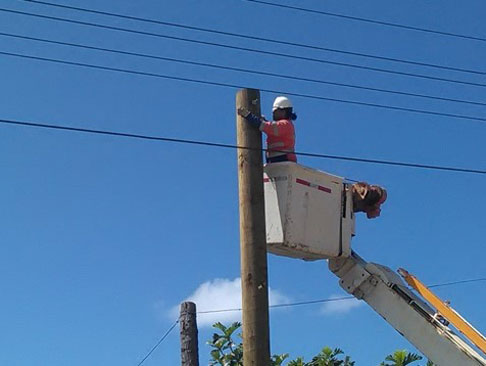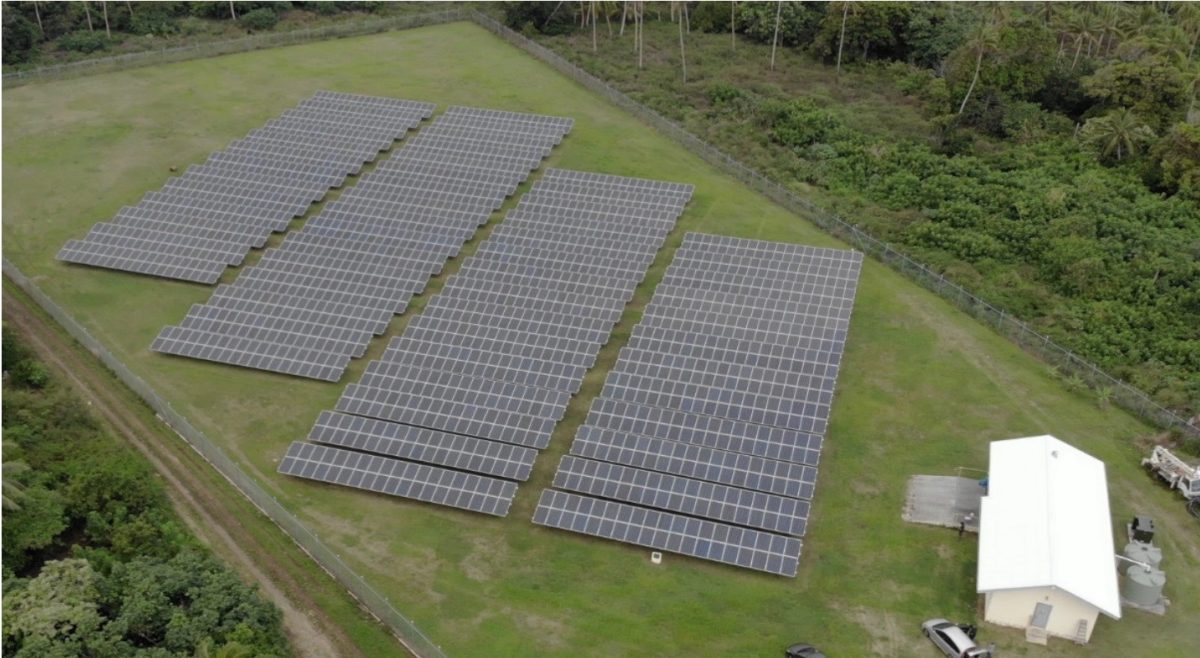The Outer Islands Renewable Energy Project (OIREP), an Asian Development Bank-led project, is aimed at reducing the overarching dependency of island nations on imported diesel fuel by helping to construct solar power plants on outer islands. The Tonga project specifically will see a total capacity of 1.25 MW of mini-grid and grid-connected solar systems on nine outer islands: Vava’u, ‘Eua, Lifuka, Ha’ano, Ha’afeva, Niuatoputapu, Niuafo’ou, ‘Uiha, and Nomauka.
The addition $2.9 million in funding, taking Australia’s total OIREP funding to $9.5 million since 2013, is a significant boost for the project as a whole. “It is important we support Tonga to be self-sufficient and resilient,” said the Australian High Commissioner to Tonga, Adrian Morrison. “OIREP means Tongans living on outer islands will have reliable access to affordable energy to enable work, education, and home life.”
The additional funding will enable some of these outer islands to gain 100% coverage with a reliable and climate-resilient energy network. The benefits of such resilience and coverage were demonstrated in 2018 when Tropical Cyclone Gita and more recently Tropical Cyclone Harold tore through the region. The solar resistant network on ‘Eua suffered minimal damage and was able to supply much-needed power to communities as they sought to rebuild.
According to Australia’s Department of Foreign Affairs, ‘Eua’s recovery from what was one of the most destructive cyclones on record, took only two weeks with a skeleton crew of three people. In contrast to Tonga’s main island of Tongatapu, which did not receive OIREP grid upgrades and disaster proofing, the recovery took five weeks with a crew of 150.
Gender Equality
Another critical goal of OIREP is increasing gender equality in the energy sector through education, training and employment equality. Such measures include at least a 50% female participation rate among community consultants, a 30% female participation rate among contractors and local labor. However, the Gender Action Plan (GAP) does not only apply to those helping to generate renewable energies, but also those who will make use of them. GAP is also targeting at least 65 women-led households that will directly benefit from the project.

Image: Johnny Lillis and Viliami Ongosia (OIREP Project)
Australia is not alone in helping to fund OIREP, other donors to the project include the European Union (EU), the Second Danish Cooperation Fund for Renewable Energy and Energy Efficiency for Rural Areas, and the Global Environment Facility. The total project’s funding is in excess of $40 million.
Island nations are particularly susceptible to the effects of climate change, and thus the implementation of renewable energies such as solar are powerful symbolically as well as electrically. In 2017, King Tupou VI himself inaugurated the Matatoa Solar Project, the nation’s largest solar farm to date.
The OIREP project should see completion by July 2022.
This content is protected by copyright and may not be reused. If you want to cooperate with us and would like to reuse some of our content, please contact: editors@pv-magazine.com.









1 comment
By submitting this form you agree to pv magazine using your data for the purposes of publishing your comment.
Your personal data will only be disclosed or otherwise transmitted to third parties for the purposes of spam filtering or if this is necessary for technical maintenance of the website. Any other transfer to third parties will not take place unless this is justified on the basis of applicable data protection regulations or if pv magazine is legally obliged to do so.
You may revoke this consent at any time with effect for the future, in which case your personal data will be deleted immediately. Otherwise, your data will be deleted if pv magazine has processed your request or the purpose of data storage is fulfilled.
Further information on data privacy can be found in our Data Protection Policy.